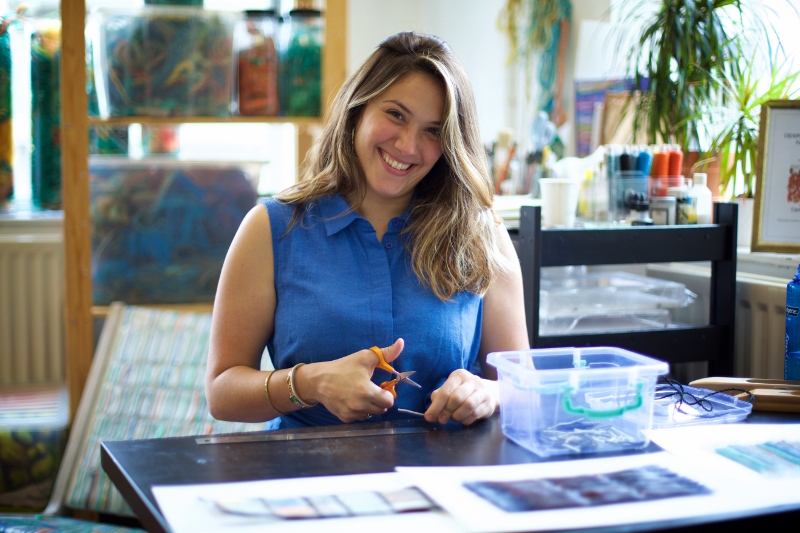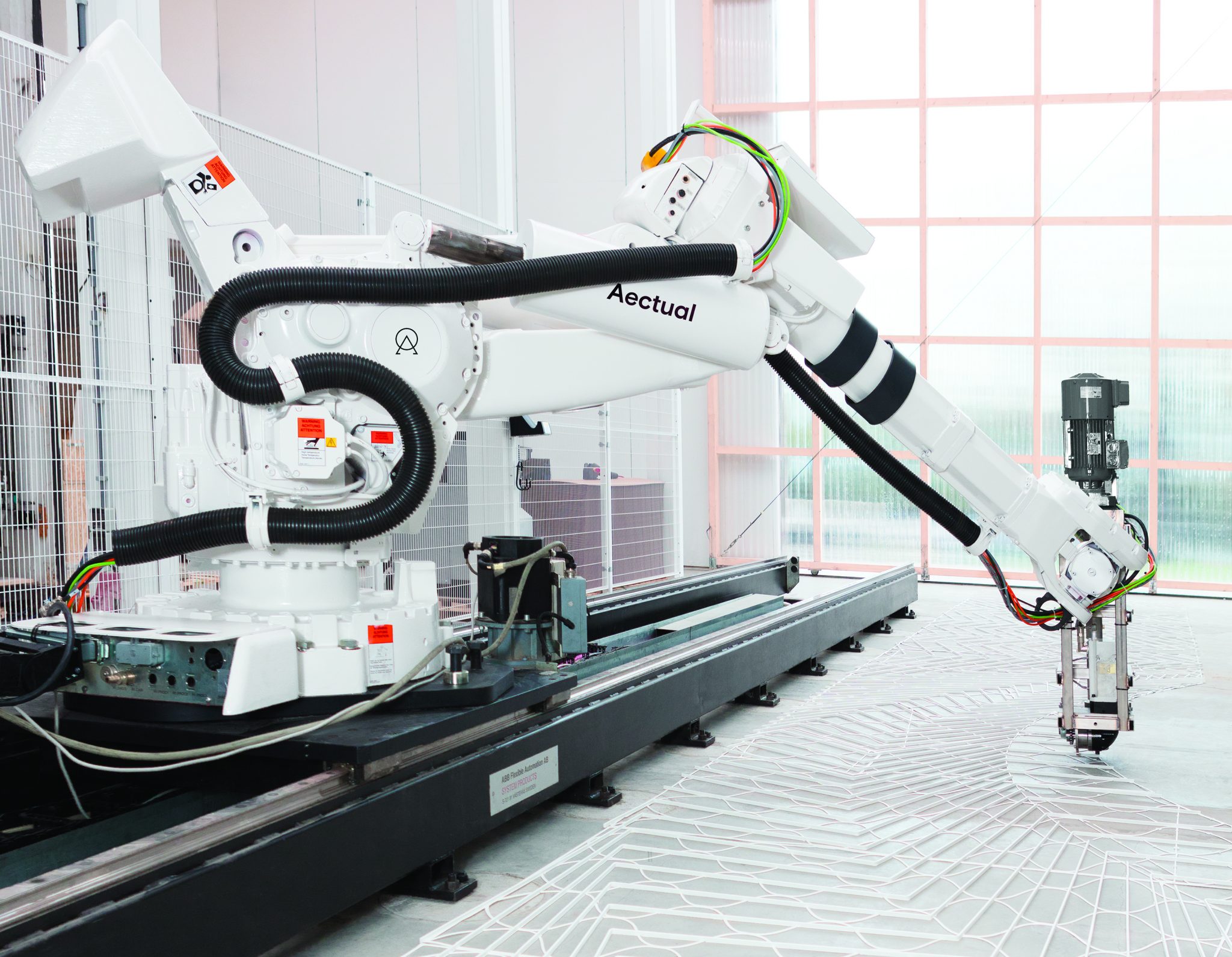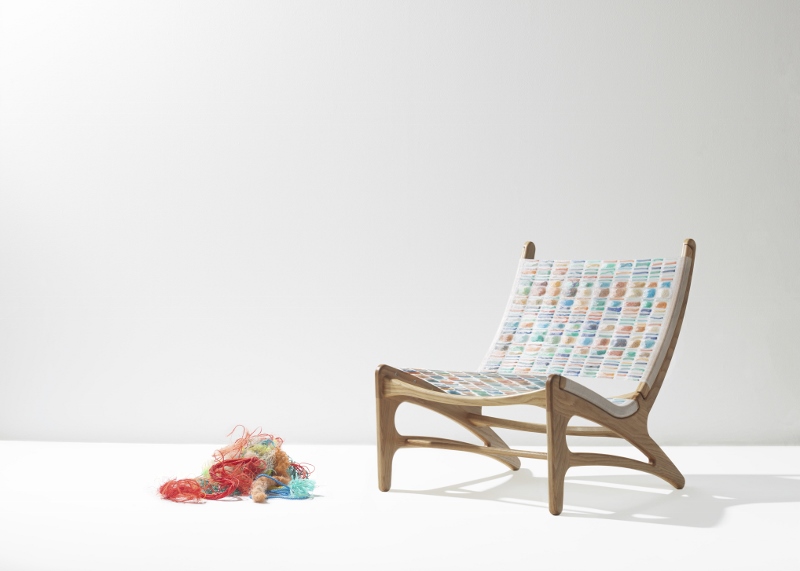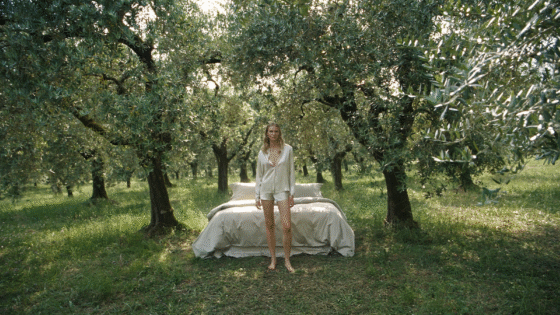Threading together design and sustainability, textiles expert Michelle Tonta explains why sustainable development should be on the minds of all designers when innovating new fabrics, soft furnishings and even flooring…
I, like many designers, adore rich textural surfaces and luscious fabrics, but whilst colour, print and pattern are key principles of fabric selection for interior designers, sustainable development and practice is without a doubt the rising focus in today’s modern design.
Once perceived by many as just a passing trend, sustainable design has never been more important than it is today, but also, never before been so widely discussed. Shocking scenes in BBC’s Planet Earth II portrayed the devastating effects of plastic waste and global warming, prompting a national awakening to the consequences of our actions.
In a global effort to preserve the environment, new research indicates a rise in eco-friendly holidays, with increasing numbers making hotel choices based on its eco-friendly credentials. It is now prevalent that creatives and designers must design with purpose, marrying together stylish aesthetics with design processes that work in harmony with the environment, and not against it.
Woven textile designer and member of Cockpit Arts, Carmen Machado, is just one creative maker taking an active stand on the environmental issue of ocean waste. Machado’s practise consists of repurposing abandoned marine debris, namely ghost netting, and transforming this into unique, hand-woven textiles, suitable for upholstery as well as stand-alone art.

Image caption: Carmen Machado
Machado’s grid-like textiles truly capture the essence of the beach with the bright colours of the sun-bleached netting coming through within the weave. Again, whilst Machado has applied her innovative design process to create furniture and wall hangings, one could argue this interesting response to ocean waste would make for stunning interiors in a beachside boutique hotel. This would simultaneously raise awareness of the issue at hand.

Image caption: Grid-like textiles from Carmen Machado
Of her work, Machado says: “As an artist and concerned marine lover, my biggest interest is to find a way to both spread awareness about the truth of what we are doing to our oceans and give these materials a new life.”
“Together we set a new standard in large scale bio-based 3D printing, towards a more personal, beautiful and sustainable future” says Dutch company, Aectual. Using huge robotic 3D printers, Aectual prides itself on creating large-scale customisable sustainable floors. The smart robotic technology uses recyclable bioplastic (made from plants) to print the framework, which means there is zero waste in the process.

Image caption: Manufacturing process of 3d Printing at Aectual
The fact that this 3D-printed mould material can be fully recycled back into the print cycle presents unparalleled design opportunities for the hotel interior design industry. Originally launched during Dutch Design Week 2017, Aectual has created floors for the likes of Amsterdam Schiphol airport and the Loft Ginza Flagship store in Tokyo. This begs the question of why this sustainable approach has not yet been applied beyond public spaces, and into the world of hotel interiors.

Another fascinating method that could be applied to textile interiors is printing fabrics with ink made from soot particles! It may sound unbelievable, but, in response to the burdening issue of air pollution in India, Graviky Labs, a startup consisting of savvy MIT Media Lab graduates, last year developed a revolutionary technology, KAALINK, that converts carbon emissions from chimneys and vehicles into ink. The outcome has been named AIR INK – a range of markers and inks for designers and artists.
This ingenious transformation from pollutants to tools for art prompted product designer, Kelly Maj Gijsen, to approach the Graviky Labs team and ask if they had yet created ink for textile purposes; they hadn’t. This is where the collaboration began, and Gijsen worked with the team to create a version of Air Ink for use on fabrics. With these inks, Gijsen then produced a range of patterned scarves using 100 per cent organic cotton and dying the fabrics with natural ingredients such as turmeric, indigo and pomegranate.
These are just three examples of innovative approaches with a nod to the environment in design today, and while the processes have not yet been practiced within the space of hotel interior design, the breadth of opportunity and scope for designing with a purpose is endless. We may not have a Stella McCartney of the interior fabrics world, raising awareness of ethical design, but that certainly doesn’t mean that it should be forgotten about.
These examples also show that sustainable design and process need not mean basic, as some assume, but has the potential to produce textile and surface design that is suitable for, and viable within the luxury interiors market.
Main image credit: Carmen Machado





